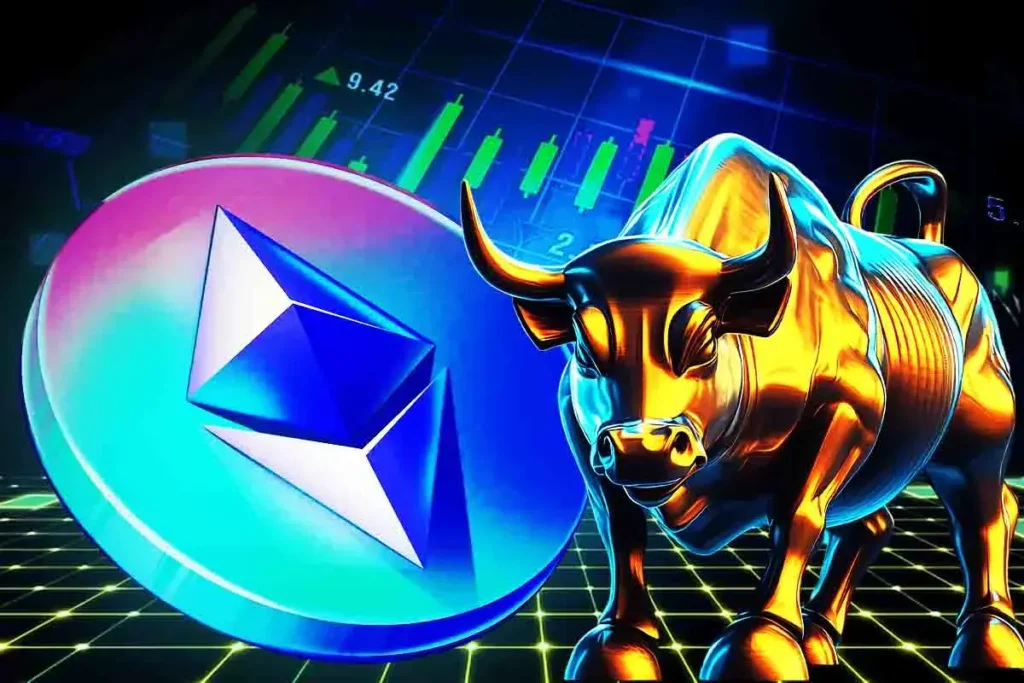Ethereum’s Dominance in the Blockchain Space: A $219 Billion Revelation
Ethereum has firmly established itself as a powerhouse in the blockchain ecosystem, currently boasting a staggering $219 billion in total capital. This impressive sum is primarily bolstered by stablecoins, decentralized applications, and tokenized assets. Although other blockchains such as Tron, Solana, and Avalanche are making strides, they still fall significantly short when compared to Ethereum’s current market hold. In this article, we will delve into the specifics of Ethereum’s capital structure, its competitive position within the blockchain environment, and the implications for future growth.
Ethereum’s Unmatched Asset Base
With a total capital of $219 billion, Ethereum dwarfs its competitors, as highlighted by a recent post from analytics platform Messari. The total on-chain value includes stablecoins, tokenized assets, and various applications. Notably, stablecoins account for more than $135 billion of this total, reflecting Ethereum’s extensive ecosystem of digital assets. Key players like Tether (USDT), Circle’s USDC, and WLFI’s USD1 are issuing a significant portion of their stablecoins on the Ethereum blockchain, solidifying its reputation as the dominant anchor for stablecoin issuance. By comparison, Tron trails with around $75 billion, while Solana lags even further behind with just about $12 billion.
Comparative Analysis of Blockchain Capital
Within the blockchain landscape, Ethereum’s unique proposition is not just in its capital but also in its applications. Data from DeFiLlama indicates that Ethereum leads all other blockchains with a total value locked (TVL) of $61.10 billion, showing its unparalleled dominance in sectors such as decentralized finance (DeFi), non-fungible tokens (NFTs), and staking. Additionally, Ethereum outshines its peers in net flows across DeFi bridges, underscoring its strength in the application segment. Meanwhile, Solana, with approximately $25 billion, is gaining traction but still falls short compared to Ethereum.
Call for Network Scaling
Despite Ethereum’s overwhelming superiority, there has been increasing pressure to scale the network to enhance its capabilities. Recent comments from Ethereum co-founder Vitalik Buterin unveiled plans for a significant scaling initiative aimed at increasing Layer 1 (L1) performance by 10 times in just over a year. This ambitious project could potentially alleviate some existing bottlenecks and drive even more capital and applications toward Ethereum, further solidifying its market position.
Institutional Interest in Ethereum
The enthusiasm surrounding Ethereum isn’t just limited to retail investors; institutional buyers are increasingly interested in holding ETH. Recent data indicates that ETH balances on exchanges have plummeted to their lowest levels in seven years, signaling strong long-term sentiment among holders. Institutions like BTCS, which recently purchased 1,000 ETH, and Sharplink Gaming, actively working to establish an Ethereum Reserve Treasury, are making substantial investments in the network. This accumulation of assets may set the stage for an impending Ethereum supply shock, as diminishing exchange supplies suggest a shift toward holding rather than trading.
Surging Prices and Future Prospects
Currently trading at $2,545, Ethereum has seen a nearly 1% increase over the last day. Analysts are optimistic about the potential for ETH to reach $3,000, especially given the institutions’ aggressive accumulation and the anticipated network upgrades. As Solana faces its challenges, there is a likelihood of capital rotation back to Ethereum, propelling its price upward. This continuous cycle of institutional interest and network developments positions Ethereum not just as a digital asset but as a cornerstone of the future blockchain economy.
Conclusion
Ethereum’s current standing as a blockchain leader, with its impressive $219 billion capital base, reflects its robust ecosystem supported by stablecoins, applications, and strong institutional interest. While competitors like Tron, Solana, and Avalanche are working to catch up, Ethereum’s dominant position is reinforced through continuous innovation and growth. The upcoming network scaling plans promise to enhance its capabilities, setting the stage for further capital inflow and price appreciation. As institutional interest grows and supply tightens, the future looks exceptionally bright for Ethereum, creating a fertile ground for investors and developers alike.
In summary, Ethereum is not just a blockchain but a multifaceted ecosystem poised for expansive growth and unprecedented opportunities in the years to come.


